Hot Stuff: unleashing the power of the Joule effect
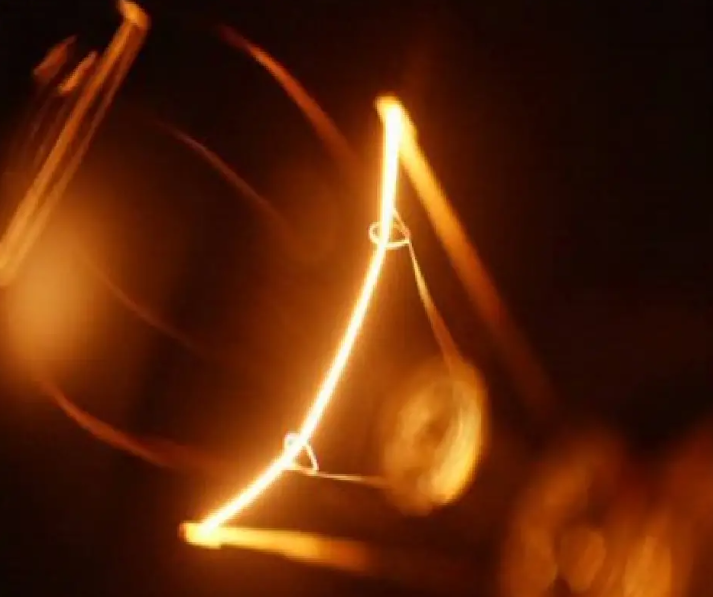
Hello, cool science cats! Quizás te estés preguntando: “¿Qué, en el nombre del fogatas crepitantes, es el efecto Joule?” Well, stick with your lab glasses because we’re about to heat things up and reveal the incredible science behind this mind-blowing phenomenon. What is the Joule effect, anyway? Imagine that you are relaxing by the pool, enjoying the warm summer sun, suddenly, you decide to take a dip and launch yourself like a cannonball into the refreshing water. As it makes a big splash, you can feel the sun’s heat absorbed by the water. It’s like the Joule effect in action! The Joule effect, also known as Joule heating or ohmic heating, occurs when electricity flows through a conductor (such as a wire) and is converted into heat energy. It’s like magic, but instead of waving a wand, we’re using good old-fashioned electrons to turn things on.
Let’s dig a little deeper into the physics behind the Joule effect, imagine a wire as the dance floor, and the electrons are the partygoers, dancing to the beat of electrical current. As the electrons move and make their way through the wire, they encounter resistance, just like those pesky bodyguards at the entrance of a club. But here’s the twist: the (resistance) bodyguards don’t just stop the party cold; they make her hotter! The more they resist, the more energy they give off in the form of heat. It’s like the party gets so intense that everyone breaks out in a sweat, in the world of science, we measure this heat using a unit called the Joule (J), named after the brilliant James Prescott Joule.
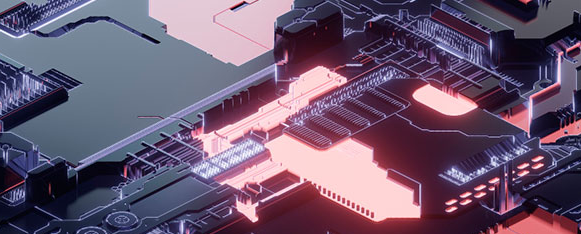
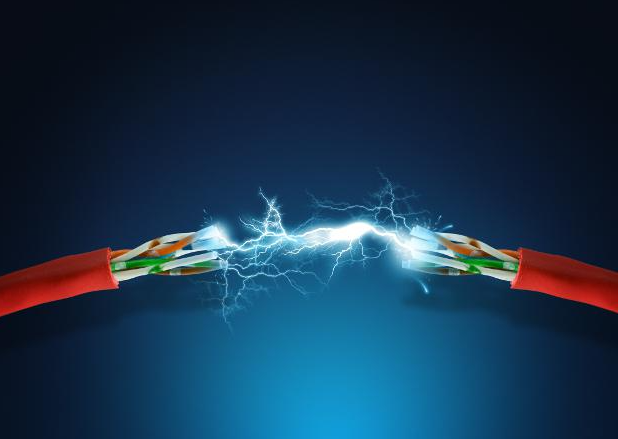
To make things more relatable, let’s look at some real-life examples of the Joule effect: Have you ever wondered how your breakfast companion, the toaster, magically turns bread into a crispy, golden delight? It’s the Joule Effect, my friends! Electrical currents flow through tiny wires in the toaster, heating them up and toasting the bread to perfection.
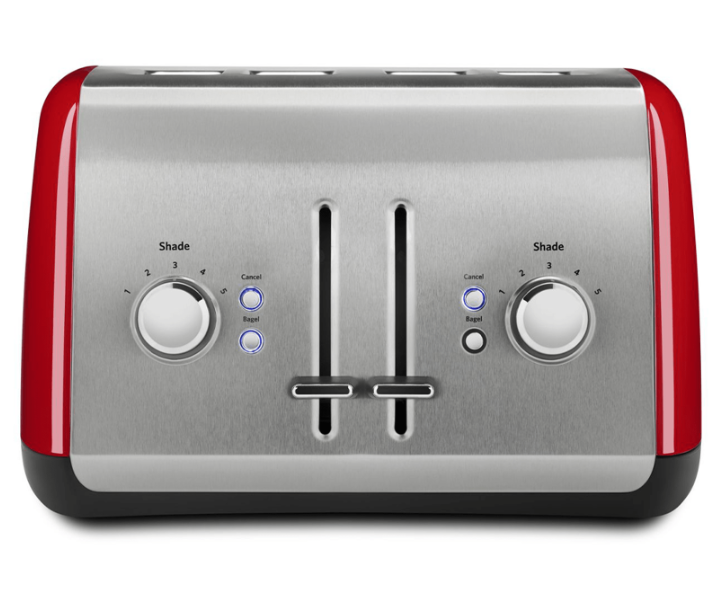
Flat Irons: If you’ve ever tamed your wild locks with a flat iron, you’ve witnessed the Joule effect firsthand. Electric current flows through the heating elements and voila! Your unruly mane is transformed into sleek, shiny goodness.
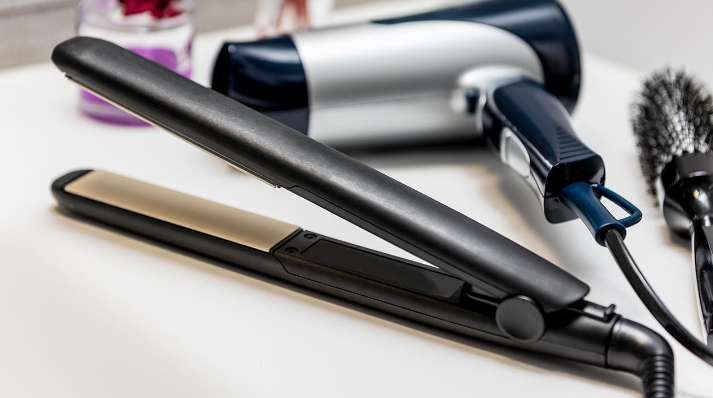
Light bulbs: When you flip that switch, your room lights up like a teen heart at a Justin Bieber concert. Inside the bulb, electricity passes through a small wire, known as a filament, which causes it to glow and emit light. That’s right, it’s the Joule effect lighting up your world!
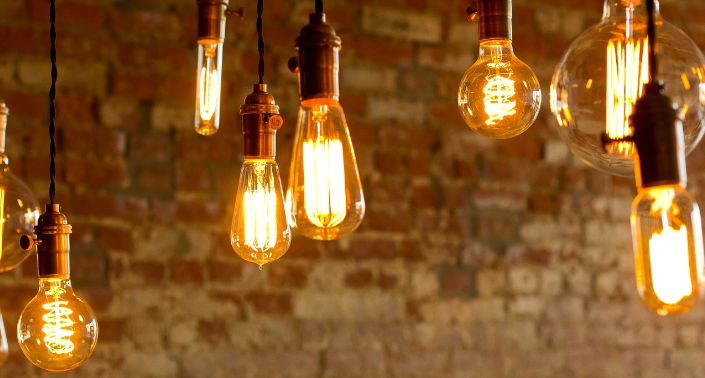
So the next time you enjoy a hot slice of toast or a fancy hairdo, remember the incredible journey of electrons heating things up. Always remember that science is the coolest adventure you will embark on!
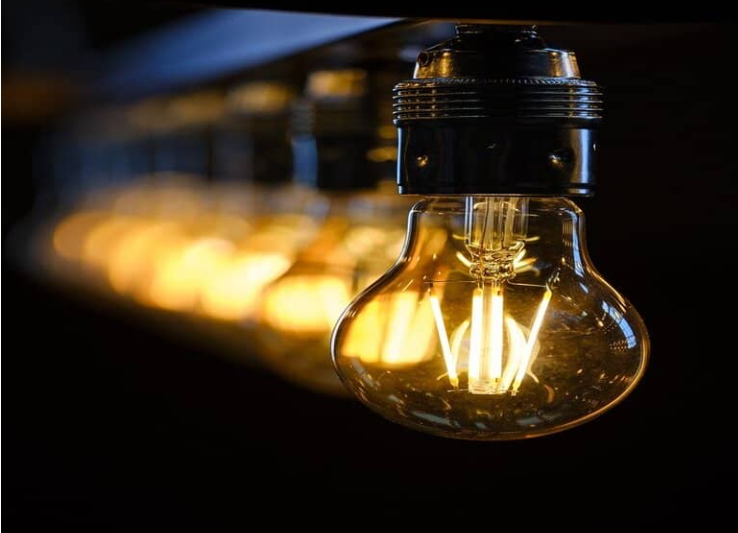
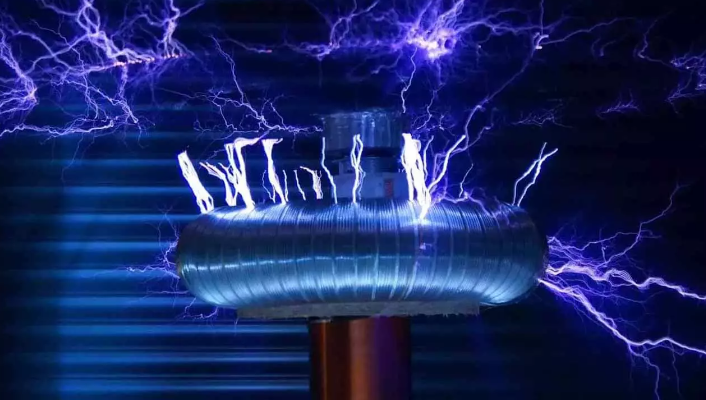
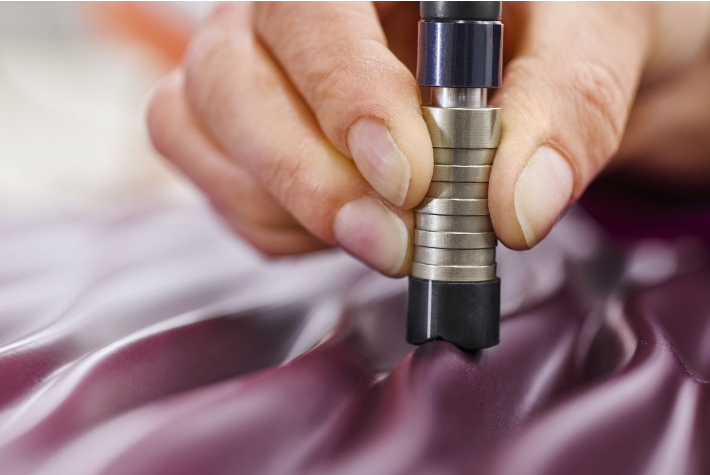

Responses